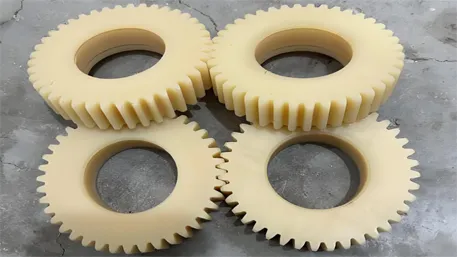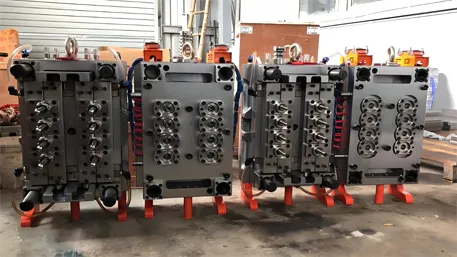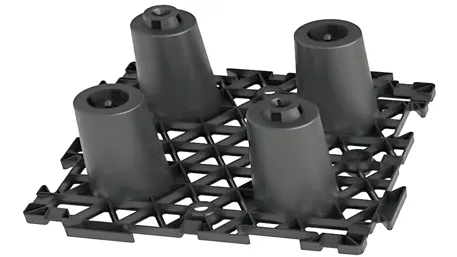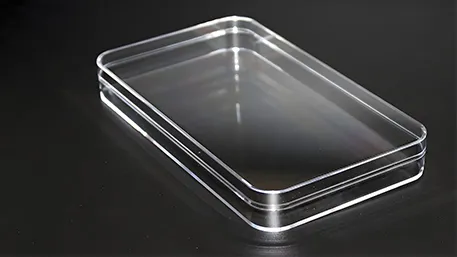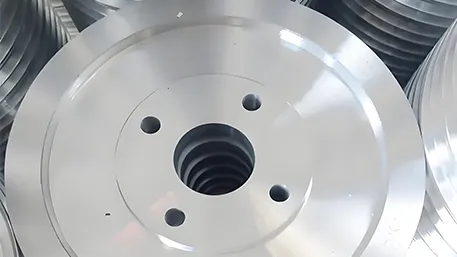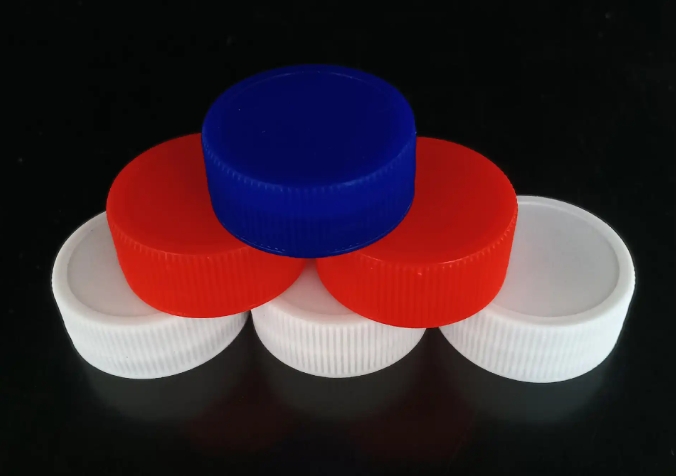Against the backdrop of the automotive manufacturing industry’s transformation towards lightweight and intelligent development, custom automotive injection molding parts, with their design flexibility, cost – effectiveness, and high – performance characteristics, have become one of the core technologies in automotive parts manufacturing. This article systematically analyzes the technical logic and industry value of custom automotive injection molding parts from aspects such as material selection, process optimization, application scenarios, and quality control, providing professional decision – making references for automotive manufacturers.
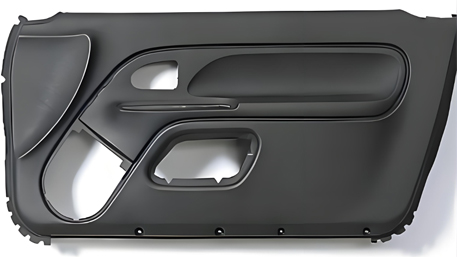
I. Material Engineering: Balancing High Performance and Low Cost
The material selection for custom automotive injection molding parts needs to consider mechanical properties, weather resistance, processing costs, and environmental requirements. The following are the key characteristics and typical applications of commonly used materials:
Polypropylene (PP)
Characteristics: Density of 0.9 g/cm³, tensile strength of 25 – 35 MPa, heat deflection temperature (HDT) of 100 – 110℃ (0.45 MPa), and chemical corrosion resistance.
Applications: Large exterior parts such as bumpers, instrument panels, and door panels, due to its lightweight (weight reduction of 30% – 40%) and low – cost advantages.
Long Glass Fiber Reinforced Polypropylene (LFT – PP)
Characteristics: Tensile strength of 80 – 120 MPa, flexural modulus of 5 – 8 GPa, and impact strength (notched) of 40 – 60 kJ/m².
Applications: Automotive chassis parts (such as sub – frames) and engine guards, combining high strength and lightweight.
Polyamide (PA, Nylon)
Characteristics: Tensile strength of 70 – 90 MPa, excellent wear resistance (friction coefficient of 0.2 – 0.3), and resistance to oil and high temperatures (long – term use temperature of 120℃).
Applications: Components around the engine (such as intake manifolds), gears, and bearings, due to its fatigue resistance and chemical resistance.
Acrylonitrile – Butadiene – Styrene Copolymer (ABS)
Characteristics: Balanced comprehensive performance, tensile strength of 40 – 50 MPa, surface can be electroplated, and low – temperature resistance (maintains toughness at – 40℃).
Applications: Automotive interior parts (such as air – conditioning vents) and exterior parts (such as grilles), meeting aesthetic and functional requirements.
Thermoplastic Polyurethane (TPU)
Characteristics: Elongation at break of 500% – 800%, outstanding impact resistance, and excellent weather resistance (can pass the 1000 – hour xenon lamp aging test).
Applications: Automotive door seals and cushion pads, providing excellent sealing and shock – absorption performance.
Through precise material selection, custom injection – molded parts can achieve a weight reduction of 20% – 50%, while meeting the strict requirements of the automotive industry for strength and weather resistance.
II. Process Technology: Coordination of High Precision and High Efficiency
Mold Flow Analysis and Mold Optimization
Simulation software such as Moldflow is used to simulate the injection molding process, predict melt flow, cooling uniformity, and residual stress, and control the warpage deformation of plastic parts within 0.1 mm/m.
The mold design introduces conformal cooling technology, which shortens the cooling time by 30% and increases the production efficiency by 25%.
Multi – material Injection Molding and Insert Molding
Multi – material injection molding technology (such as 2K injection molding) can combine hard plastics (such as ABS) and soft plastics (such as TPU) in the same plastic part. For example, the soft – hard combination design of the steering wheel improves grip comfort and safety.
Insert injection molding technology embeds metal or electronic components into plastic parts to achieve functional integration (such as the injection molding of metal terminals for automotive connectors).
Thin – wall Injection Molding and Micro – injection Molding
Thin – wall injection molding (wall thickness ≤ 1 mm) can further reduce the weight by 15% – 20%. At the same time, high – speed injection (injection speed > 200 mm/s) ensures filling integrity, which is suitable for lightweight automotive structural parts.
Micro – injection molding technology enables the production of precision micro – plastic parts (such as sensor housings), with dimensional tolerances controlled within ±0.01 mm.
III. Application Scenarios: Customized Solutions Covering All Vehicle Types
Exterior Parts
Bumpers: Injection – molded with PP or LFT – PP, combined with in – mold coating (IMD) technology, reducing subsequent painting processes and reducing costs by 20%.
Headlamp Housings: Polycarbonate (PC) is selected, with a light transmittance > 90% and excellent weather resistance, meeting the high – temperature requirements of headlamps.
Interior Parts
Instrument Panels: Made of ABS/PC alloy, with both high toughness and surface gloss. In – mold labeling (IML) can be used to achieve personalized patterns.
Seat Frames: Carbon fiber – reinforced nylon (CF/PA) is used, reducing weight by 40% while maintaining high strength and improving vehicle energy efficiency.
Engine and Drivetrain Systems
Intake Manifolds: Injection – molded with PA material, resistant to oil corrosion and high temperatures (150℃), replacing traditional metal parts and reducing weight by 50%.
Gears and Bearings: POM injection – molded parts, with self – lubrication and wear – resistance, reduce the noise and energy consumption of the drivetrain system.
Electronics and Safety Systems
Connectors: Injection – molded with liquid crystal polymer (LCP), with a low dielectric constant (Dk = 2.9) to ensure stable high – frequency signal transmission, and can withstand temperatures of 260℃.
Airbag Housings: Modified PP is used, which ruptures quickly during a collision to ensure the normal deployment of the airbag.
IV. Quality Control: Stringent Standards of the Automotive Industry
Testing System
Dimensional Accuracy: Detected by a coordinate measuring machine (CMM), with dimensional tolerances controlled within ±0.05 mm, and key dimensions reaching ±0.02 mm.
Material Properties: Mechanical tests such as tensile strength and impact strength are carried out to ensure compliance with standards such as ISO 527 and ASTM D638.
Environmental Tests: High – low temperature cycling (- 40℃ to 120℃), salt – spray corrosion (no rust after 500 hours), and weather resistance (QUV accelerated aging test for 3000 hours).
Industry Certification
Custom injection – molded parts need to pass the IATF 16949 quality management system certification, and some parts need to meet the special standards of automotive manufacturers (such as the Volkswagen PV3930 material test).
V. Industry Trends and Technological Innovation
Lightweight and Sustainable Materials
The application of bio – based plastics (such as polylactic acid PLA) in automotive interior parts is gradually becoming popular, reducing dependence on fossil fuels.
The research and development of carbon nanotube – reinforced plastics (CNT/PLA) aims to achieve a 60% weight reduction while maintaining high strength.
Intelligent Manufacturing
Digital mold design (such as AI – assisted optimization of the runner) shortens the development cycle by 30%, and real – time monitoring of injection molding process parameters is achieved through the Internet of Things (IoT).
3D printing technology is used to quickly produce injection mold prototypes, reducing the mold development time from 4 weeks to 72 hours.
Functional Integration
Integrated design of injection – molded parts with sensors and electronic components. For example, a pressure sensor is embedded in the injection – molded tire valve stem to achieve intelligent monitoring.
FAQ
Q1: How long is the development cycle of custom automotive injection molding parts?
A: The cycle depends on the complexity of the part and the process. Sampling of simple plastic parts takes about 5 – 7 days, mold development takes 3 – 6 weeks, and mass production is adjusted according to the order quantity. Usually, the monthly production capacity can reach more than 100,000 pieces.
Q2: How to ensure the weather resistance of injection – molded parts?
A: Through material modification (such as adding ultraviolet absorbers), surface coating (such as weather – resistant varnish), and strict aging tests (such as the QUV 3000 – hour test), it is ensured that the plastic parts have no obvious aging in outdoor environments for more than 5 years.
Q3: Is small – batch customization feasible?
A: Yes. Using 3D – printed molds or rapid injection molding technologies (such as silicone molds), small – batch (100 – 1000 pieces) customization can be achieved while keeping costs within a reasonable range.
Q4: How to reduce the cost of automotive injection – molded parts?
A: By material substitution (such as using PP instead of ABS), structural optimization (such as thin – wall design), and process improvement (such as multi – cavity molds), the cost can be reduced by 15% – 30%.
Consult Now and Get a Professional Customized Solution
If you need to customize high – performance automotive injection molding parts, please feel free to contact us via online message. Our engineering team will:
Provide material selection and mold flow analysis according to vehicle model requirements;
Design high – precision molds to ensure the dimensional tolerance and surface quality of plastic parts;
Provide full – process quality control certified by IATF 16949 to ensure that products meet automotive industry standards.
Whether it is lightweight exterior parts, highly reliable engine components, or intelligent electronic accessories, we take material innovation as the core and precision processes as the support to create customized solutions for you. Click to leave a message and start your professional customization journey!

